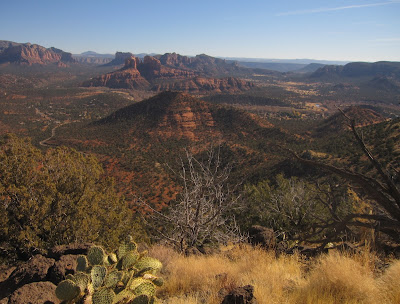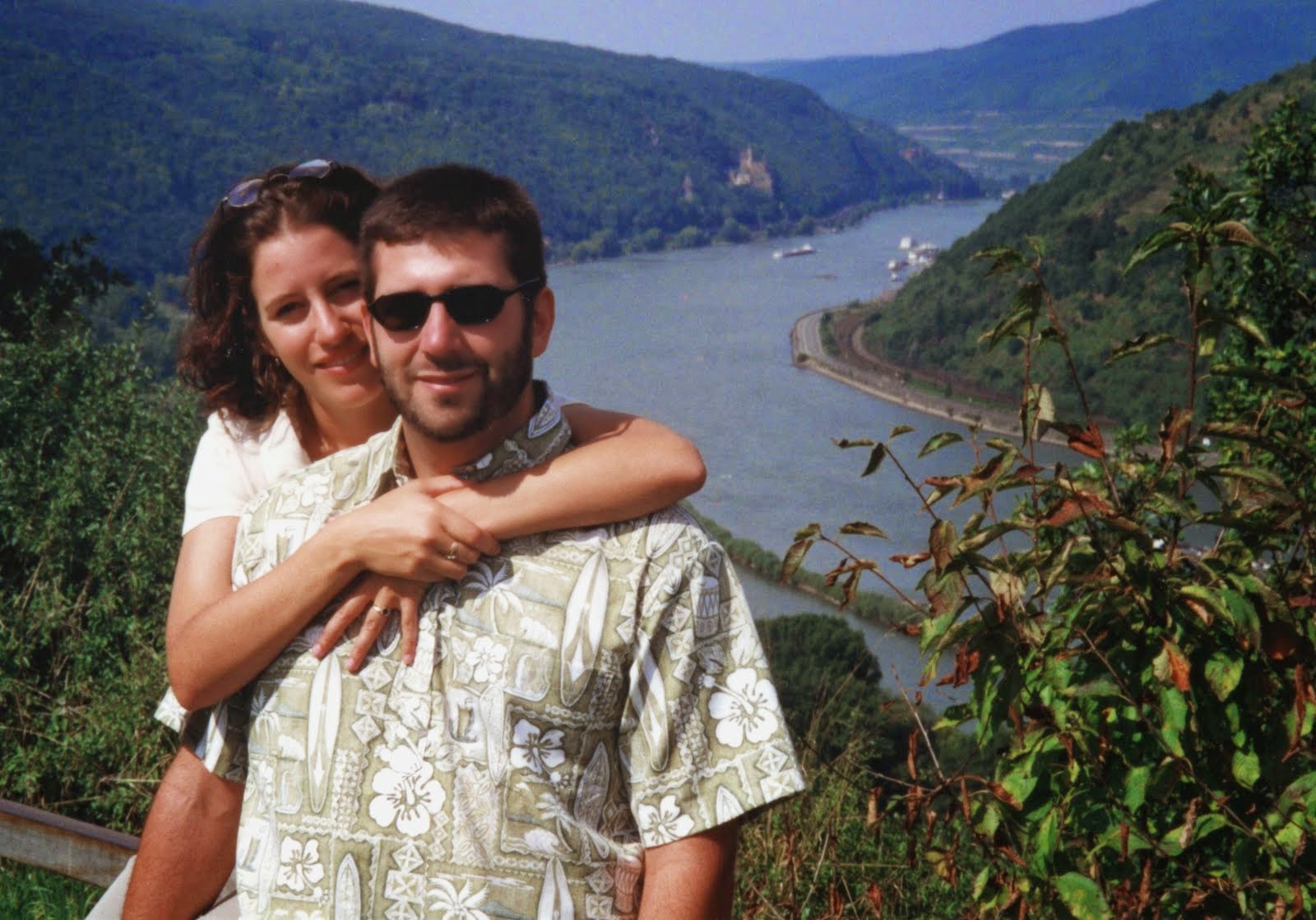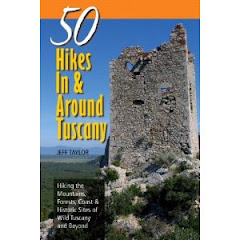With the recent heat wave in the west and Death Valley setting an all-time June world record temperature of 129.9 degrees F, only 4 shy of its all-time world record, I thought it would be a good time to reflect upon our two visits to Death Valley National Park.
Death Valley National Park is a fascinating place or geologic formations and to study how life struggles to survive in such an inhospitable place. Located in the rainshadow of the Sierra Nevada and California coast ranges, Death Valley would already be a very dry place. But, include the fact it is within the high pressure zone of the North American deserts and at such a low elevation, and this makes it the hottest and driest place in North America. But, just because it is so hot and dry, doesn't mean nothing can survive there.
And in both of our visits there, once in December and once in March, we found out that it isn't always dry. In fact, on both occasions, we were hit with major rainstorms that dropped nearly an inch of rain and made up abandon our camping plans. Thus, if we concluded based on our experiences alone, Death Valley is a very wet place indeed.
Nonetheless, the heat and aridity, have prevented vegetation from covering the land and have exposed the soils and bedrock below to the erosional effects of the occasional torrential rain. This has exposed some spectacular geologic features, including the Artist's Palette, where minerals of different types, expose rocks of different colors including the greens and blues of copper, reds of iron, purple of manganese, and various others.
 |
| Artist's Palette |
Of course, one of the most famous spots is Badwater Basin, where salty/alkaline springs emerge at the lowest spot in North America at 282 feet below sea level. While it was called Badwater due to the inability of people or livestock to drink the water, amazingly it does support an ecosystem of specialized aquatic insects and the endemic Badwater snail.
 |
| Badwater Basin in the morning with shadows of the mountains still on it |
Another interesting location just north of Badwater Basin is the Devil's Golf Course. This large expanse consists of huge chunks of of salt-covered mud. The Devil's Golf Course is the dry lake bed of the ancient Lake Manly that occupied the entire valley to a depth of 30 feet during the Ice Age.
 |
Devil's Golf Course
|
While the mud layer is some 1000 feet deep, due to it being slightly higher than Badwater Basin, it remains above the water table and is usually dry. But, the wind-resistant salt crystals have allowed the flat lake bed materials to be eroded into sharp and chunky shapes.
 |
| Golden Canyon |
Next on the trip is the Golden Canyon. This easy one mile loop hike through the canyon is extremely beautiful. The golden and yellow hues contrast with the reddish rocks on the cliffs above. In addition, within the rocks, you can see white layers of halite.
 |
| Hiking in Golden Canyon |
Another interesting canyon to explore is Mosaic Canyon, just past Stovepipe Wells. Mosaic Canyon is called that because it is filled with dense conglomerate breccia rocks embedded with large and colorful stones. This route is up to 2 miles long before it ends at a dry waterfall.
 |
| Mosaic Canyon |
Be aware, like we were, that if a big winter storm is rolling in, Mosaic canyon is prone to flash flooding. We escaped just before the rain began to dump and we had to give up our camping plans and head to Las Vegas. It is during such rare storms, that strong winds push the rocks across the thinly wettened mud of the Racetrack. No one has actually seen the rocks move, especially since being on the mud during a rainstorm would cause you to get stuck. But, during its normally dry conditions, it is an interesting sight.
 |
| Exiting Mosaic Canyon with big rainstorm moving in |
One place we didn't get to go on either trip was 11,000 foot Telescope Peak. This large mountain rises high above the floor of Death Valley and indicates the shear scale of the Basin-and-Range extension that drops valley floors and raises mountain ranges. In both occasions it was covered by snow and impending storms made hiking it impossible. But, it even maintains a forest of limber pine and mountain mahogany on its slopes. Sometime we'll get up there to see the panoramic view.
 |
| A view of the 11,000 foot snow-covered Telescope Peak in the morning |
One last place of interest at Death Valley National Park is not actually in the main part of the park. It is Devil's Hole, home to the endangered Devil's Hole pupfish. Devil's Hole is actually located in the Ash Meadows National Wildlife Refuge, but the pool itself is part of Death Valley National Park. The Devil's Hole pupfish has the smallest range of any vertebrate in the world. The hole is only about 15 ft x 5 feet. While the hole itself drops for some 1000 feet, the pupfish can only live in the top 2-3 feet of it where the algae they feed on grows.
 |
| Devil's Hole |
The pupfish found this site during the Ice Age when much of the region was covered in pluvial lakes and connecting streams, like Lake Manly in Death Valley. When the climate warmed and dried, the populations of pupfish became isolated from each other and this one found this refugia. They are adapted to the contant 92 degree thermal waters and alkaline pH of the limestone caverns. While their population has normally ranged from 150-500 individuals, following the "tsunami" of March 2012 (caused by an earthquake in Mexico) and several flood events, the population was measured to be just 35 in April 2013. The population may go extinct. We'll have to wait and see...


























































